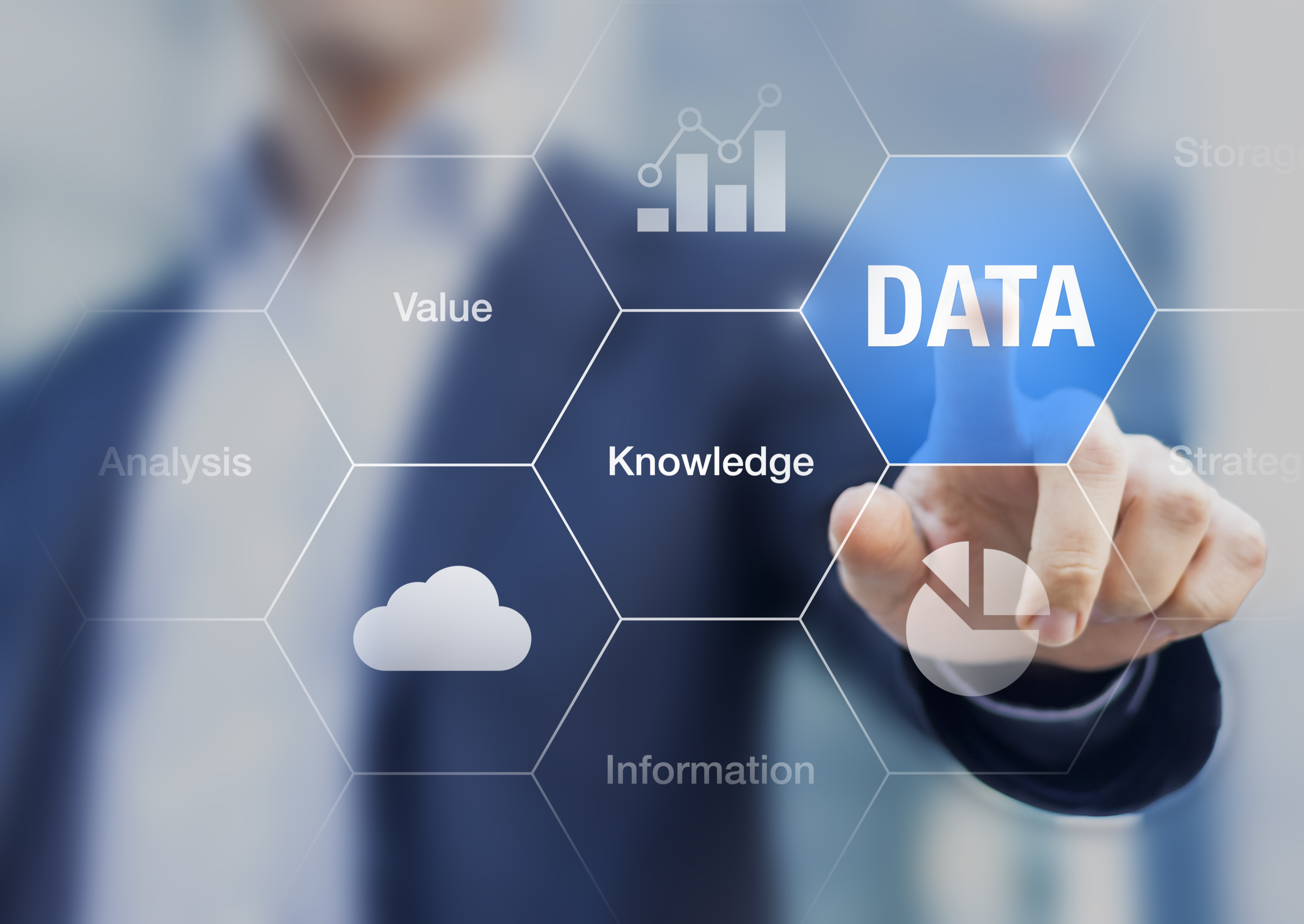HOW TO KNOW WHAT YOU DON’T KNOW

‘Why doesn’t my company get more business?’
Have you had that thought before? Most business-owners have.
Sometimes we become so wrapped up in the day-to-day processes of running our business that we are unable to focus on improvement. When we do sit down and think about the products or services we offer and how we offer them, we’re not sure where to begin.
If you can relate to this scenario, you’re probably on the lookout for some way you can get to know what you don’t. In other words, a way you can rediscover your business from a new perspective, increase sales, and become more successful. Here’s where big data comes into play.
What Is Big Data?
Put simply, big data is a collection of data from a myriad of different information sources that, when properly interpreted, can generate invaluable business insights.
Big data is drawn from a variety of places and is broken down into two main categories:
- Structured data, including customer purchase histories, data intelligence from company partners, and customer relationship management systems.
- Unstructured data, including social media feeds (Twitter, Facebook, etc.), videos, and blogs. 90-percent of collectable data is unstructured.
No matter the size of your business, big data is relevant. Proper data management can ensure the success of your business now, and in the future.
Data Insights: What You Can Discover With Big Data Interpretation
Think of big data interpretation as a dot-to-dot image. Each dot is made up of an isolated piece of information. When the dots are connected, a data relationship is formed. Then, a bigger picture emerges. You can use this picture to discover your business’ potential, seek out previously unseen opportunities, and make changes in areas that aren’t performing.
Let’s have a look at each of these game-changing discoveries in more detail.
Uncover Your Business’ Potential
In the age of technology, everything changes at rapid speed. Businesses must innovate and adapt to shifts in customer demand and purchasing preferences. Big data can help you uncover your business’ potential in today’s continuously evolving market.
For example, many businesses are making the change from product-centricity to customer-centricity. This means that instead of the main focus being on the product or service you offer, it’s on the customer’s experience. While this may sound simple enough, it’s impossible to know what your customer wants by guessing or assuming. You need evidence. Data insights that unlock where, when, and how customers interact with your business can give you the knowledge you need to not only uncover your business’ potential, but also take meaningful and predictable strides toward reaching that potential.
Australian health insurance provider Medibank has used big data to do just that. In 2014, Medibank moved from being a “Private Health Insurer” to a “Customer Centred” health company. They made changes to their policies with specific reference to customer information. This action improved the relevancy of their services and saw an incredible 22-percent reduction in lapsed customers. With customer churn being a major issue in their industry, Medibank has achieved a clear competitive advantage from this initiative.
Seek Out Opportunities
Insights gained from data analysis can reveal business opportunities you hadn’t previously known about. Patterns and trends can open your eyes to new and exciting ways to improve your products and/or services, and business strategies.
Here’s a great example. Australia Post found huge success by using the data relationships they discovered to streamline their processes. They took big data and developed a cash-flow prediction. Then, they created an automatic system that used predictive data to do the jobs that were tedious and time-consuming when done manually.
Without the use of big data, Australia Post would have been blind to the opportunity to automate select processes. Their new system is a huge time-saver, and as we all know, saved time is saved money especially in the face of a very changed environment from posted mail in the case of Australia Post.
Change What Isn’t Working
Businesses function in complex ways. With the myriad of influences that determine success, it can be difficult to pinpoint the specific factors that just aren’t working. Big data insights can reveal what’s impacting your business in a negative way.
Online streaming platform Netflix collates their millions of customers’ viewing habits to determine the television shows and movies that are turning people off. This then allows Netflix to confidently cancel their renewal rights to these programs. Further, they then take this negative information and use it to create original content that aligns with the likes and dislikes of their customers. It’s a win-win situation for Netflix by improving programming to meet the needs of their customers and reducing costs.
Meet Your Business Goals with Big Data Interpretation
Without evidence from big data, every change you make is a stab in the dark. When you get to know what you don’t know, you can make the changes necessary to meet your business goals with confidence.
Now you’re probably asking, “How?”
Here’s the answer: By investing in the proper interpretation of big data. Interpretation is the single most important aspect of using big data in business.
Consider this: Every single day, the world produces and collects 2.5 quintillion bytes of data. That’s enough data to fill 10 million Blu-ray discs which, when stacked, would be taller than three Empire State Buildings on top of each other. That is an incredibly overwhelming amount of information.
Traditional means of data interpretation by data scientists can be costly, especially for smaller businesses. Yes, they can interpret your data, but it will be subjective and prone to human error, especially when they are not really the core business users that the data supports.
That’s why so many companies are opting for more innovative means of data interpretation. Companies like Latize and software like Ulysses take the data scientist out of the equation, allowing you to uncover accurate data insights on your own. Ulysses artificial intelligence built on semantic processing will connect the dots of big data and come up with intelligent and relevant insights about products, companies, people, events, and more that you didn’t even think to ask. From there, you will be able to implement real change and, most importantly, see real results by knowing what you don’t know through big data.
